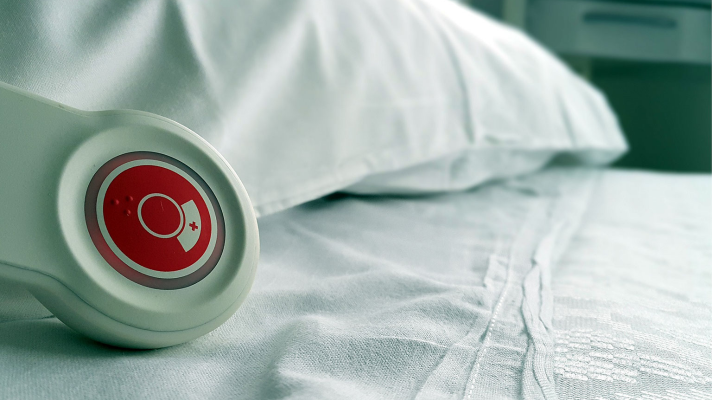Each year, millions of people go to the hospital for a variety of different reasons. In fact, 35.7 million people stayed in American hospitals during 2016 alone.
Many of those people stayed in a hospital due to the fact that they were giving birth. Labor and delivery generate a lot of income for hospitals, in part due to the fact that this usually requires a somewhat extended stay. Mothers need birthing beds as they’re laboring, as this stage can last up to 24 hours or even beyond, but they also may need to stay in the hospital as they recover for a night or two, depending on their health and hospital policies.
With that being said, it’s important that hospitals have enough birthing beds on hand to accommodate laboring mothers. The question for many hospitals is how to source those beds and to ensure that they’re both cost-efficient and high-quality. This is why many hospitals choose to invest in refurbished birthing beds. While those unfamiliar with refurbished hospital beds may have initial questions regarding how investing in refurbished medical equipment works, it should quickly become apparent that there are a number of benefits to doing so. Below are just a few of the advantages of investing in refurbished birthing beds.
1. Refurbished Beds Are Just Like New
Essentially, investing in a refurbished birthing bed allows hospitals access to high-quality birthing beds that are like new. When a budget normally may not accommodate this kind of investment, forcing hospitals to spend their budgets on lower quality beds, refurbishment takes a used product and makes it attainable. Furthermore, this means that the beds that the hospitals invest in are not only of a higher quality but have been proven to work. When investing in brand new lines of birthing beds, hospitals may have very little data as to their benefits and the experiences past mothers have had with them. Refurbished beds have essentially been tested through trial and error in the past, but they are functionally new. Furthermore, refurbishments can actually update hospital beds, improving upon the previous design while being informed of previously existing flaws.
2. Investing In Refurbished Beds Cuts Costs
The issue for many hospitals is a restricted budget. While refurbished beds are like new, if not better than brand new, they do not cost as much as brand new beds. This allows hospitals to get what they need without unnecessary spending, which means they can allocate money saved elsewhere. Hospitals could use that saved money on different types of medical equipment, hiring new staff or paying existing staff more, or even subsidizing procedures for low-income patients.
3. Hospitals Can Accommodate More Patients
Another major benefit of investing in refurbished birthing beds is that it allows hospitals to buy more birthing beds. Therefore, more patients can be accommodated and hospitals can actually increase their incomes. Again, labor and delivery are among the main income sources for many major hospitals. Therefore, investing in affordable birthing beds is particularly beneficial for hospitals. The unpredictability of birth also means that hospitals ideally need an excess of beds, just in case there is a higher number of laboring mothers in need of beds than usual on one particular occasion.
4. Refurbished Beds Promote Sustainability
A major benefit of investing in refurbished birthing beds is that it promotes sustainability. As more and more hospitals try to become eco-friendly, it’s important they recycle as much as possible. Though it may be odd to think of birthing beds as recyclable, once they are refurbished and reused, they are essentially being recycled. This means that hospitals are investing in sustainability and cutting down on waste in a way that has real-world benefits for them. Furthermore, hospitals can use green initiatives when marketing themselves to patients, who may be more likely to use a hospital if they know it’s green.
There are a lot of reasons why hospitals should invest in refurbished hospital beds, as seen above. Many types of medical equipment are sold refurbished and recycled; why not birthing beds? While improving sustainability, hospitals can lower costs, improve their equipment quality, and become more sustainable.


Recent Comments